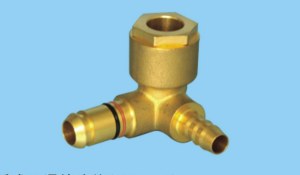Production equipment Production equipment Production equipment Production equipm
Source:
Datetime:2023-06-30 15:59:17
Hits:
Detailed information:
Production equipment Production equipment Production equipment Production equipmProduction equipment Production equipment Production equipment Production equipmProduction equipment Production equipment Production equipment Production equipmProduction equipment Production equipment Production equipment Production equipmProduction equipment Production equipment Production equipment Production equipmProduction equipment Production equipment Production equipment Production equipmProduction equipment Production equipment Production equipment Production equipmProduction equipment Production equipment Production equipment Production equipmProduction equipment Production equipment Production equipment Production equipmProduction equipment Production equipment Production equipment Production equipmProduction equipment Production equipment Production equipment Production equipmProduction equipment Production equipment Production equipment Production equipm

